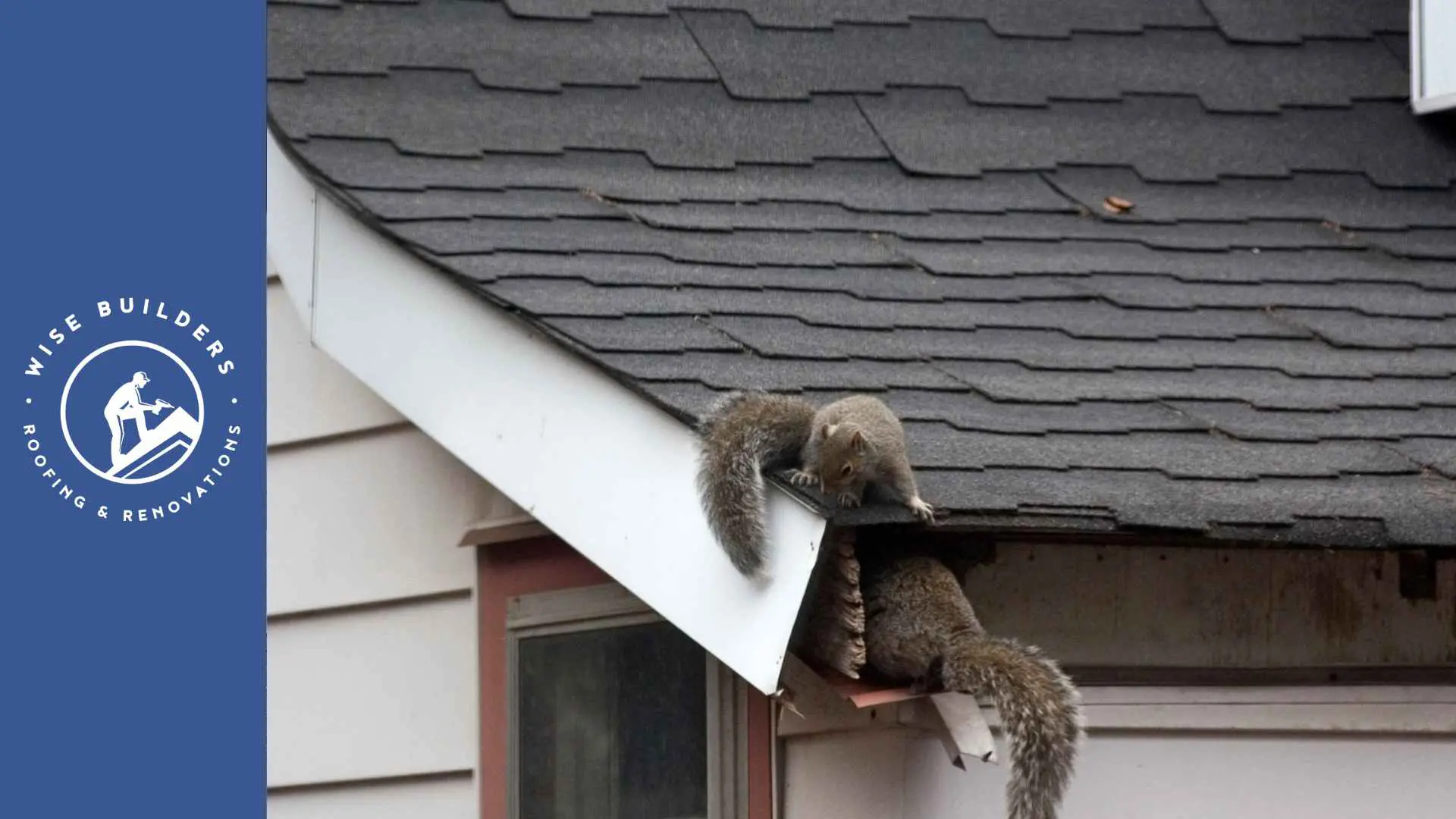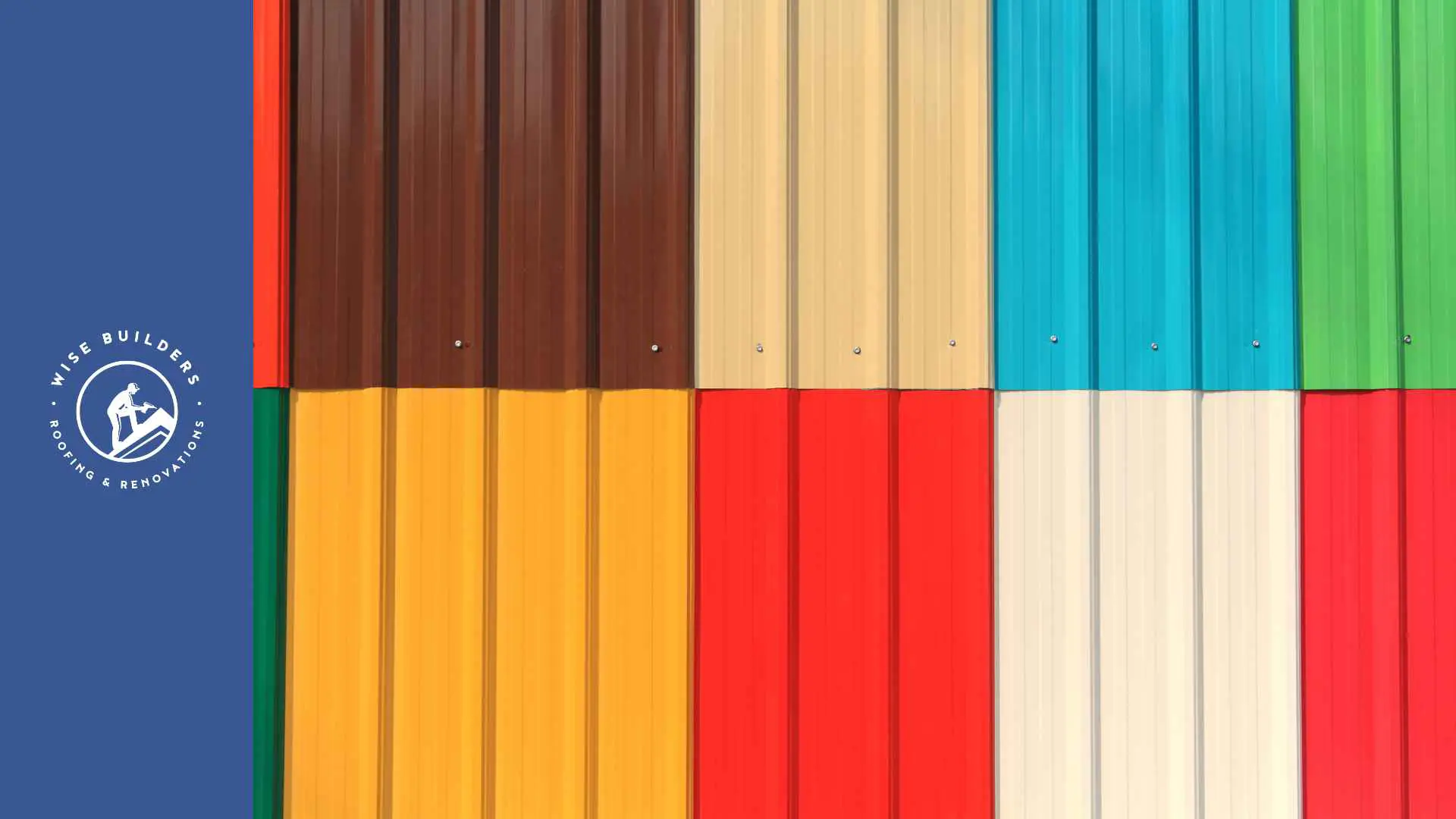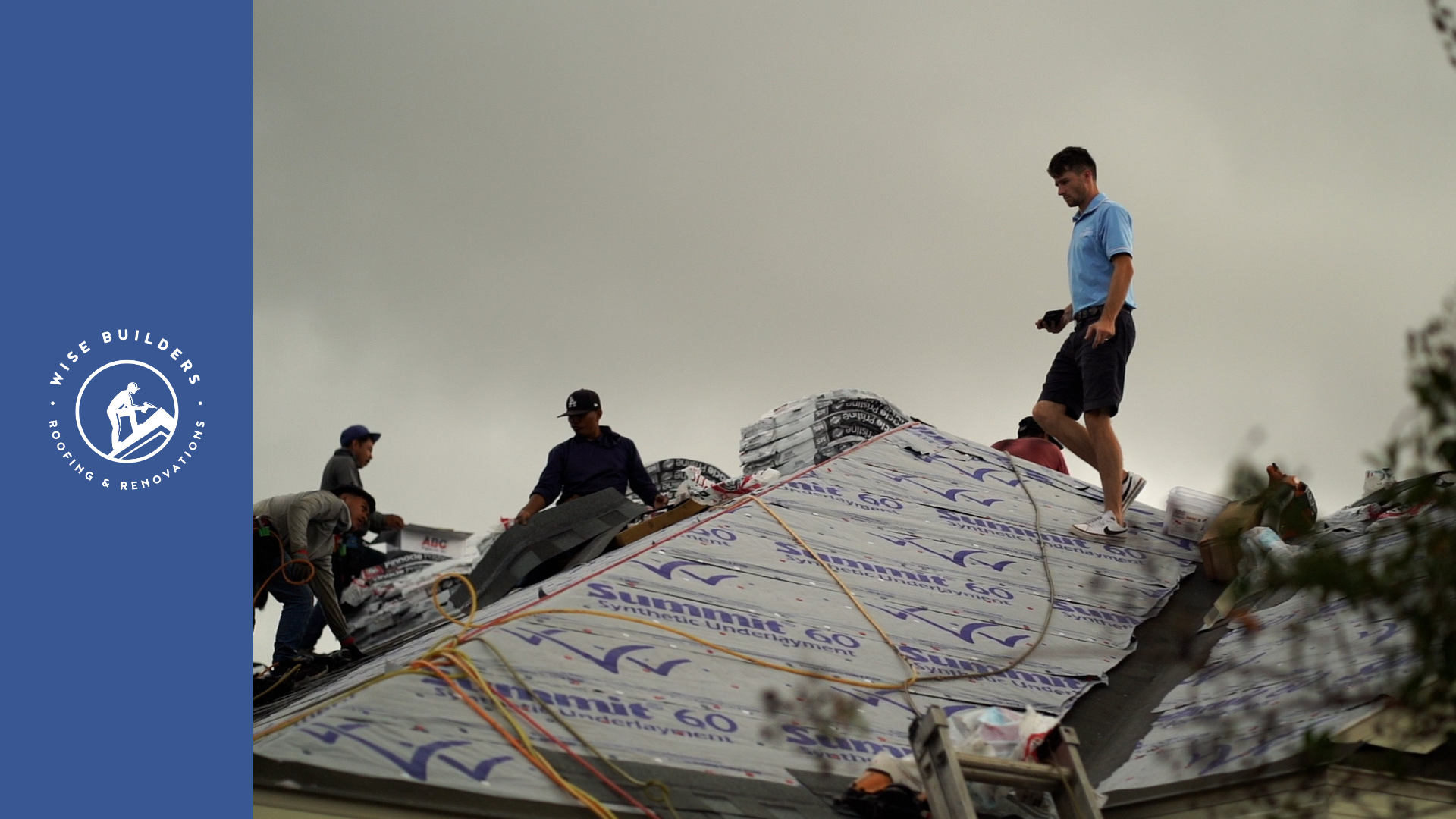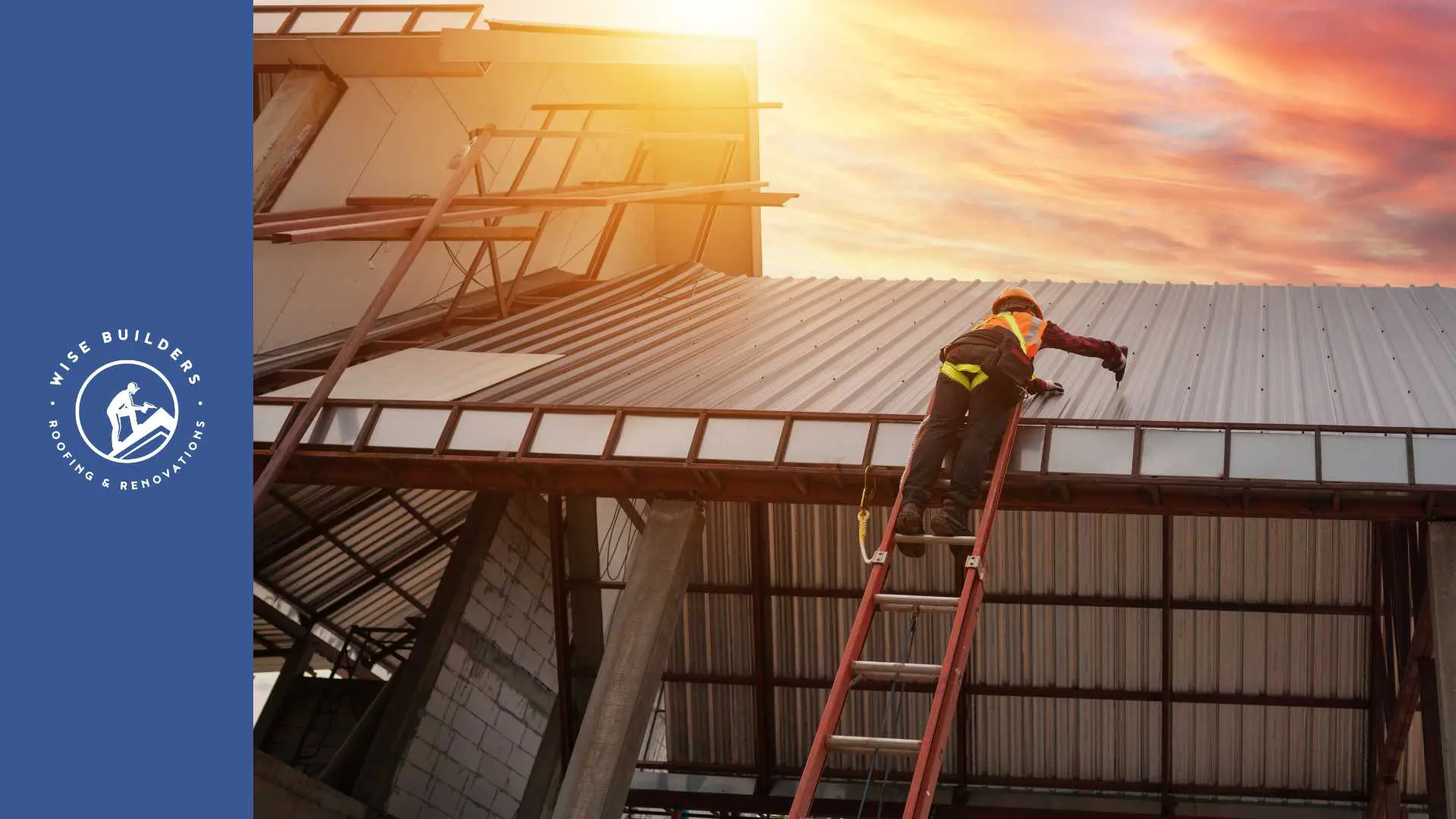Key Highlights
- Regular roof inspections are crucial for identifying and addressing potential problems early on.
- Visible signs of roof damage include missing, cracked, or curled shingles, as well as water stains in the attic.
- Structural issues like sagging or warping rooflines require immediate attention from a professional.
- Ignoring minor leaks can lead to extensive water damage, mold growth, and costly repairs.
- Understanding the common indicators of roof damage empowers homeowners to take timely action and protect their investments.
- Contacting a reputable roofing contractor is essential for a comprehensive inspection and reliable repairs.
Introduction
Protecting your home from the elements is a top priority, and your roof plays a vital role in ensuring a safe and secure living environment. However, roofs are susceptible to wear and tear from weather events, age, and other external factors, leading to roof damage. Recognizing the early signs of roof damage is crucial for preventing further deterioration and costly repairs down the line. If you notice any issues, consulting with a qualified roofing contractor can help determine the best course of action, whether it’s a simple repair or a new roof installation.
Identifying the Early Signs of Roof Damage

Recognizing the early signs of roof damage is essential for preventing costly repairs and ensuring the safety of your home. After a severe storm involving hail damage or high winds, it’s crucial to inspect your roof for any visible signs of storm damage. Look for missing or damaged shingles, cracks in the roof covering, and any signs of water damage, such as water stains on the ceiling or walls.
Additionally, pay attention to your gutters and downspouts. If you notice excessive shingle granules accumulating in the gutters or if your downspouts are clogged, it could indicate that your roof is shedding its protective layer. Promptly addressing these early signs of roof damage can prevent further deterioration and more significant problems in the future.
The Importance of Regular Roof Inspections
Regular roof inspections are essential for maintaining the integrity of your home and preventing costly repairs. Just like any other part of your house, your roof requires routine maintenance to ensure its longevity and effectiveness. Inspections should be conducted at least twice a year, ideally in the spring and fall, and after any significant weather events like hail storms or periods of strong winds.
During a roof inspection, a qualified roofing contractor will examine your roof for various signs of damage, including missing or damaged shingles, cracks or blisters, loose flashing, and signs of water damage. They will also assess the condition of your gutters, downspouts, and any other roof penetrations, such as chimneys or vents.
By identifying and addressing issues early on, regular inspections can help extend the lifespan of your roof, prevent leaks and water damage, and provide peace of mind knowing that your home is well-protected.
Spotting Shingle Damage: Cracks, Splits, and Curling
Shingles are the first line of defense against the elements and play a crucial role in protecting your roof. Shingle damage can manifest in various ways, and it’s essential to recognize the signs:
- Missing Shingles: Strong winds or hail can dislodge or completely remove shingles, leaving your roof vulnerable.
- Cracked or Split Shingles: Exposure to extreme temperatures, UV rays, and weather elements can cause shingles to crack, split, or blister.
- Curling Shingles: Curling at the edges or corners of shingles indicates weathering and can expose the underlying layers of your roof.
- Dark Spots or Granule Loss: Look for dark spots or areas where granules are missing. Granules protect the shingles from UV rays, and their loss can accelerate shingle deterioration.
Regularly inspecting your shingles and addressing any signs of damage can prevent costly leaks and extend the lifespan of your roof.
Dealing with Water Damage and Leaks

Water damage is a homeowner’s worst nightmare, and often, the roof is the primary culprit. Water leaks can occur due to various factors, including damaged shingles, improper flashing, or clogged gutters, leading to significant structural problems and health hazards.
One of the most noticeable signs of water damage is water stains on your ceilings or walls, especially after heavy rain. However, sometimes the damage may not be readily visible until it has already caused significant problems. Other signs to watch out for include a musty odor in the attic or living spaces, peeling paint, and warped or discolored drywall. Addressing water leaks promptly is crucial for preventing further damage and mitigating potential health risks.
Recognizing Water Stains and Drips in Your Attic
Your attic is a prime location for identifying early signs of roof leaks and water damage. Because attics are often not finished living spaces, they may be more susceptible to noticeable signs of moisture intrusion. Regularly inspecting your attic, especially after heavy rain or storms, can help you catch and address leaks before they escalate into major problems.
Look for water stains or discoloration on the underside of your roof sheathing, rafters, or insulation. Touch any suspicious areas to check for dampness or moisture. Mold growth, which often appears as black, green, or white spots, is another telltale sign of excessive moisture and potential water damage.
Remember that attic mold should be handled with caution. If you detect a significant mold problem, it’s best to consult a professional mold remediation specialist to ensure safe removal and prevent health risks.
The Consequences of Ignoring Minor Leaks
While it may be tempting to dismiss minor leaks as insignificant, ignoring them can lead to larger problems down the road, resulting in costly repairs and potential health hazards. Even a small leak, if left unaddressed, can allow water to seep into your home’s structure, leading to wood rot, mold growth, and compromised insulation.
Mold growth poses serious health risks, triggering allergies, respiratory problems, and other health issues. Additionally, structural damage caused by water infiltration can weaken your home’s integrity, leading to sagging ceilings, unstable walls, and even foundation problems.
Furthermore, ignoring minor leaks can void your home insurance coverage for roof-related damages. Insurance companies expect homeowners to take reasonable steps to maintain their properties and address issues promptly.
Structural Issues: Sagging and Warping
Structural damage to your home’s roof is a serious concern and often a sign of a larger underlying problem. Sagging or warping of the roofline, particularly after a severe storm or heavy snowfall, should never be ignored.
This type of structural damage may indicate weakened roof supports, damaged rafters, or excessive weight on the roof structure. Don’t attempt to diagnose or fix structural damage yourself. Immediately contact a qualified structural engineer or a reputable roofing contractor to assess the situation and recommend the best course of action.
How to Spot Sagging Rooflines from the Ground
Identifying sagging rooflines from the ground is crucial for addressing potential structural issues early on. While a professional roof inspection is always recommended, homeowners can conduct visual checks from the ground to spot any noticeable signs of sagging.
Start by standing a distance away from your home and observing the roofline from different angles. Look for any areas where the roof appears to dip or sag downwards. Pay close attention to the ridge line, which is the highest point of your roof, and the eaves, which are the edges of the roof that extend beyond the walls.
Additionally, check for any visible gaps or separations between the roof and the walls, as these can also indicate structural movement or damage. Keep in mind that even a slight sag can signal a potentially serious problem, so it’s essential to consult with a professional if you notice any irregularities.
The Dangers of Structural Damage to Your Home
Structural damage to your home’s roof can have severe consequences for the overall integrity and safety of your home. Ignoring these issues can lead to costly repairs, compromised stability, and potential safety hazards for you and your family. Over time, structural damage can worsen, leading to leaks, water damage, and even a potential roof collapse in extreme cases.
The extent of the damage will determine the best course of action, which may range from reinforcing existing supports to a complete replacement of the affected roof sections or the entire roof. Don’t delay seeking professional help if you suspect structural problems with your roof.
Procrastinating on repairs will likely result in more extensive and expensive repairs in the long run, putting your home and your family’s safety at risk.
Conclusion
Roof damage can lead to costly repairs if left unaddressed. Regular inspections are crucial to identifying early signs like shingle damage and water leaks. Ignoring minor issues can result in structural damage, jeopardizing your home’s safety. Be vigilant in spotting sagging rooflines and addressing them promptly. Remember, prevention is key to avoiding extensive and expensive repairs. Stay proactive to protect your investment and ensure the longevity of your roof. If you suspect roof damage, don’t hesitate to contact a professional for a thorough inspection. Your home’s safety depends on it.
At Wise Builders, We ensure our clients receive the best possible outcomes. Our commitment to quality workmanship and customer satisfaction is unwavering, making us the top choice for residential Roofing services in our community.
Frequently Asked Questions
Are there any indicators of roof damage that may not be immediately visible?
Yes, some signs of damage may be hidden. It’s important to inspect areas around roof vents, chimney flashing, skylights for cracks or leaks. Damage to the underlayment beneath the shingles may also not be visible from the ground.







